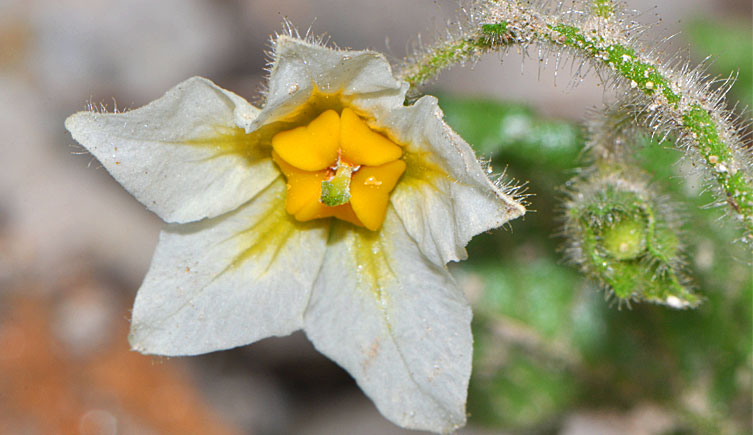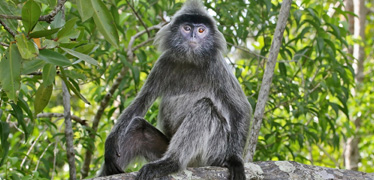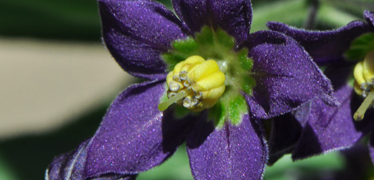Patterns of evolutionary convergence in Solanaceae

Solanum anomalostemon, described from old herbarium specimens in 2009 and subsequently found in the field in Peru in 2012. © Sandra Knapp
Project summary
- Focus: Investigating the characteristics that promote diversity in Solanaceae and exploring patterns of evolutionary convergence within the clade
- Start date: 2014
- End date: 2017
We are investigating the characteristics that promote diversity in Solanaceae and exploring patterns of evolutionary convergence within the clade.
Susy Echeverria-Londoño's PhD focuses on Solanaceae, a diverse and economically important family of flowering plants. Nearly half of the approximately 2,700 species of Solanaceae are in the genus Solanum, including tomatoes, potatoes and aubergines.
Previous work by Museum researchers has clarified the distributions and evolutionary relationships of species within the family. Susy will build on this work by testing theories about the characteristics of lineages or regions that promote high diversity, and exploring patterns of evolutionary convergence.
Museum staff
- Sandra Knapp
- Susy Echeverria-Londoño
Collaborators
Tiina Sarkinen
Royal Botanic Garden, Edinburgh

Biodiversity research
We are creating molecular and digital tools to explore undiscovered biodiversity

Diversity and informatics research
Researching undiscovered diversity in megadiverse systems using big data

Botany collections
Explore our collection of an estimated six million specimens from around the world